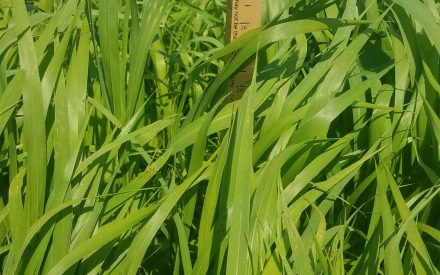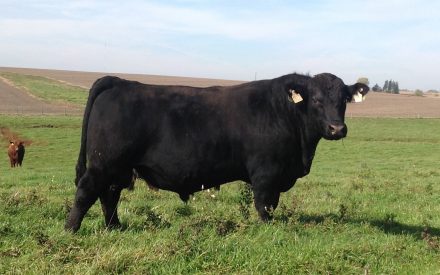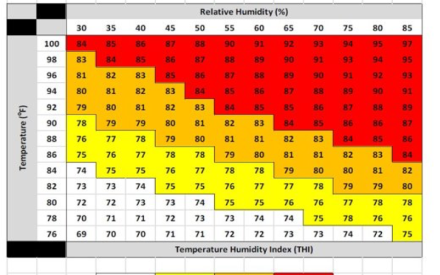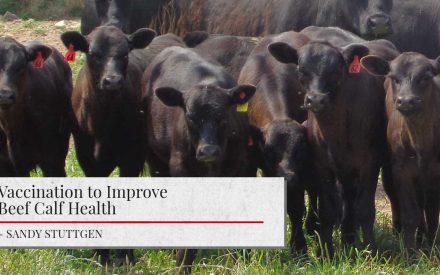This article was originally published in the Wisconsin Agriculturist
With weaning right around the corner and producers starting to think about their pre-conditioning programs, now is also the time to think about the different avenues we can set our heifer calves on. The heifer calves may be placed in a feedlot with their steer counterparts or grown as a prospect for replacement heifers for the cow herd. The different goals for the heifer calves will impact their future immunity goals.
Heifer’s destination determines immunity needs
Once the decision is made to which heifers will be retained as replacement heifers and which will be sent to the feedlot, we can start determining their immunity needs. Replacement heifers will need to be vaccinated to achieve lifelong immunity and the ability to raise healthy calves for years to come. Heifers sent to the feedlot also need lifelong immunity. Their shorter lifetime and different environment requires different protection needs. Heifers destined for the feedlot won’t need reproductive immunity but will need to be vaccinated for bovine respiratory diseases and clostridia.
Replacement heifers need to be vaccinated to protect themselves as they enter the adult herd and producers also need to be aware of their impact on herd immunity. The replacement heifer vaccination program should maintain or possibly increase the level of herd immunity in the cow herd. Herd immunity is when a high percentage of the herd in a given location has immunity to a given disease. Since vaccines are not 100% effective we also need to rely on overall herd immunity to help protect the herd’s health.
Veterinarians are the best resource when making vaccination decisions
Improper handling, inadequate doses, wrong strain of vaccine given, and improper timing may negatively impact vaccine effectiveness it is important for producers to work with their veterinarian to determine vaccination needs for all components of the herd, mature cows, replacement heifers, bulls, and feedlot cattle. Veterinarians are the experts when it comes to determining which diseases you need to protect the herd from and tailoring vaccination protocols that are effective and fit the local diseases, the herd, and or animals’ life cycle.
Modify vaccine schedule to fit farm’s needs and timeline
A producer’s vaccination protocol should be accomplished in accordance with the animals’ lifecycle and with the farm’s annual events (such as planting crops and making hay) in mind. In working with the local vet, producers should pick a vaccine that fits their timeline for routine farm work and modify it to fit the enterprise’s needs. Unfortunately, if the vaccination protocol is too difficult it more than likely will not be done in a timely manner, or at all.
Regardless of the path the heifer calves end up on, having a vaccination protocol that fits specific animal’s needs is imperative to reaching the end goal of having a productive replacement heifer enter the cow herd or a healthy heifer enter the feedlot.
Reference:
Stuttgen, Sandra, et al. “Your Herds Future Today: Replacement Heifer Selection and Development.” 2022 UW-Madison Division of Extension Cow-Calf Meeting. 2022 UW-Madison Division of Extension Cow-Calf Meeting, 24 Feb. 2022, Prairie du Chien.

 Annual Forages Provide Options
Annual Forages Provide Options Are your bulls ready for the breeding season?
Are your bulls ready for the breeding season? Be Ready to Reduce Heat Stress in Cattle this Summer
Be Ready to Reduce Heat Stress in Cattle this Summer Vaccination to Improve Beef Calf Health
Vaccination to Improve Beef Calf Health


